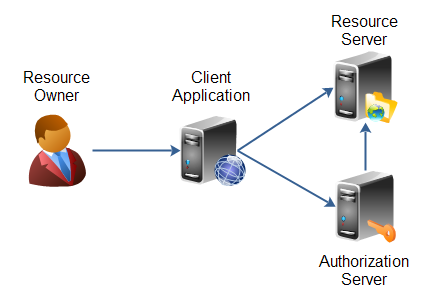I plan to go every year on an adventure
combined with a IT conference.
In 2010 I
went to Belgium for EEMA and Colorado for the Cloud Identity Summit.
2011 was the time for the Internet Identity WorkShop in San Francisco and Silicon Valley.
2012 was a
year without conferences, but my trip to the Panama Canal got me interested in
logistics.
And voila
where do I work in 2013: Eyefreight, a kick-ass transport management software
company with big multinational customers.
But that
does not mean 2013 is only logistics for me.
Nope, this
year Big Data caught my attention. And when looking for other enthusiasts
I got in contact with a Danish daredevil named Morten Middelfart.
He is CTO
of Targit, also a kick-ass company, specialized in business Intelligence
solutions.
And when I
heard they were giving a conference in Copenhagen in September I knew it
was time again to pack my bags: Four days
Copenhagen: three days sightseeing and one day conference, mixing business with
pleasure, Viking style!
And it did
not disappoint me: Copenhagen is a vibrant capitol, with great history and
amazing buildings.
The
Conference was a combination of showing the new
target product: the Targit 2013 Decision suite (link) and the new trends in IT
like big data and analytics.
In the
morning it started with some great keynotes (guarded by Lenny the Lion)
and in the afternoon it was time for the parallel sessions where visitors could
listen to people of their interest.
Oh, and did
I tell you the King of KPIs, David Parmenter was invited as a keynote
speaker?
By
demystifying KPI he taught me valuable lessons in Business Performance, and all
just in a few hours. Well, his books and recommendations are now on my
wishlist and I am eager to see if I can use it in my daily work.
The other
parallel presentations taught me a lot about Social Analytics, airport
logistics and the target products, valuable insights!
Then a few
hours off (except for a lucky lady who went for a skydive with Morten).
Seven o'clock it was time for drinks and a good dinnerbuffet where the King of KPI
entertained us with a story about Shackleton who did not succeed in
reaching his goal but still learned us an important leadership lesson.
The evening
ended with Kate Perry ‘roaring’her latest song , a recording of the
skydive and a breathtaking show by the Copenhagen Drummers.
And then
when I thought it was all over my friend Morten came to me and he said he had
to do something he promised me some time ago: drinking a beer together.
So, it was
a good day Dr. Morten and I met new friends and new opportunities are in the horizon.
Thanks for
giving me the opportunity to roar with the Vikings: AWESOME!!!
